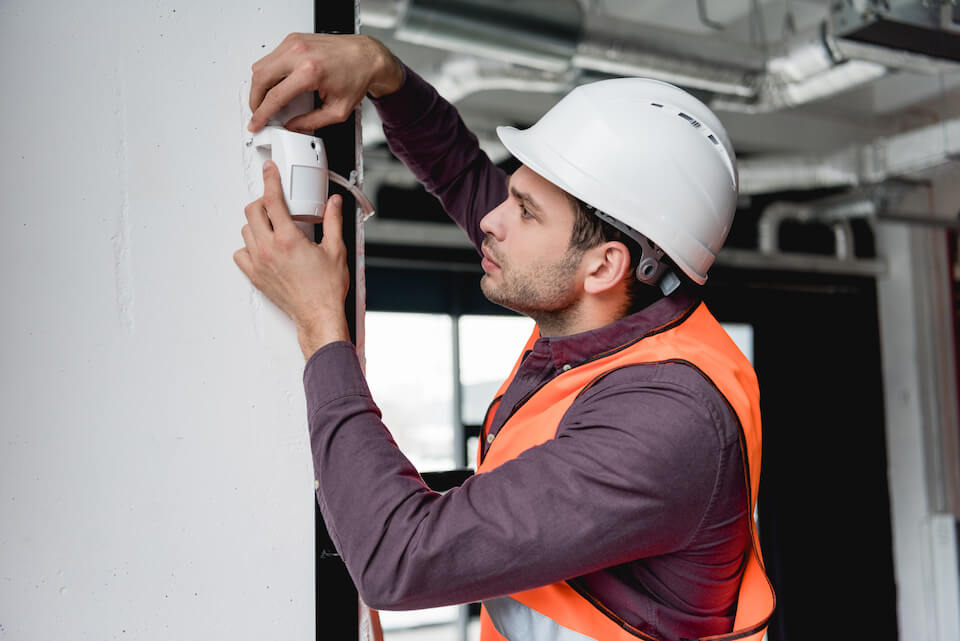If you’re the owner or occupier of a building in any part of the country, you need to be aware of Canadian Fire Codes. Fire Codes are ordinances under the Fire Protection and Prevention Act and complement Provincial Building Codes.
Established and enforced by the government, Fire Codes dictate the required building standards with regard to fire prevention and safety in case of fire. They also dictate fire and safety standards for working with hazardous materials, fire safety regulation mandates, and how inspections and maintenance of high-rise buildings are to be conducted.
Who is Responsible for Ensuring a Building is Up to Code?
If you’re a building owner or designated occupant, it’s your responsibility to know and ensure compliance with the Fire Code. Under the law, you have an obligation to do your due diligence.
Due diligence is defined as the care that a reasonable person exercises to avoid harm to other people or their property. Among other things, this means:
- Providing a regular inspection program and ensuring fire safety inspections are done on a regular basis.
- Following up on any faults or safety hazards identified by your local Fire Department / Fire Code Enforcement Staff and taking corrective action.
- Ensuring there are unobstructed emergency exits in the event of a fire or other emergency situation.
- Ensuring all parts of the building adhere to all codes, standards and regulations in the Fire Code.
Fire Code violations come with hefty fines — up to $50,000 for individuals (and/or a year in jail) and $100,000 for corporations. You could also be sued by individuals who get hurt in your building if the injury results from a fire code violation.
What’s Included in the Fire Code?
While each province has its own official Code, the information and regulations within are very similar. There is a lot of information contained within this document. For example, you’ll find established regulations with regards to:
- storage in service rooms (what, how much, for how long, etc.)
- fire extinguishers (where, how many, how frequently are they tested, etc.)
- building safety requirements (fire separations, fire hazards, fire department access to buildings, service equipment, electrical hazards, etc.)
- fire exits (keeping fire exits clear, keeping fire exit lights on and operational, etc.)
- fire inspections (where, how frequent, documentation, follow up, etc.)
- fire protection equipment (sprinklers, fire extinguishers, fixed suppression systems, etc.)
- testing and maintenance of fire emergency systems
- emergency planning (fire safety plans, fire drills, etc.)
Find out more about what’s included in the Fire Code.
Ultimately, within each of these sections is contained “the rules”. It’s your job to follow the rules. So, if the Fire Code specifies that your fire safety plan must be reviewed at least every 12 months, you better review your fire safety plan at least every 12 months (and make a record of it). Failure to do so is a fire code violation.
Whether you’ve already scheduled your next fire inspection or your local Fire Department decides to pay you a spontaneous visit, your building needs to be up to code.
Meeting Fire Inspection Requirements with CityReporter
There’s a strong correlation between property fires and fire code violations, which is why fire inspections and fire code enforcement is a priority for local Fire Departments and other Emergency Services.
Manual paper systems create backlogs in workflow management and inspections, which can prolong the time between when a dangerous condition is identified and when it is resolved. Automated inspection software optimizes workflow and eliminates unnecessary time spent reading through reports, prioritizing tasks, and locating compliance issues, so you can focus on providing life-saving services.
Find out who’s using CityReporter Inspection, Management & Workflow Tracking Software and how we can help you eliminate inefficiency, optimize your resources and build stronger, safer communities.



